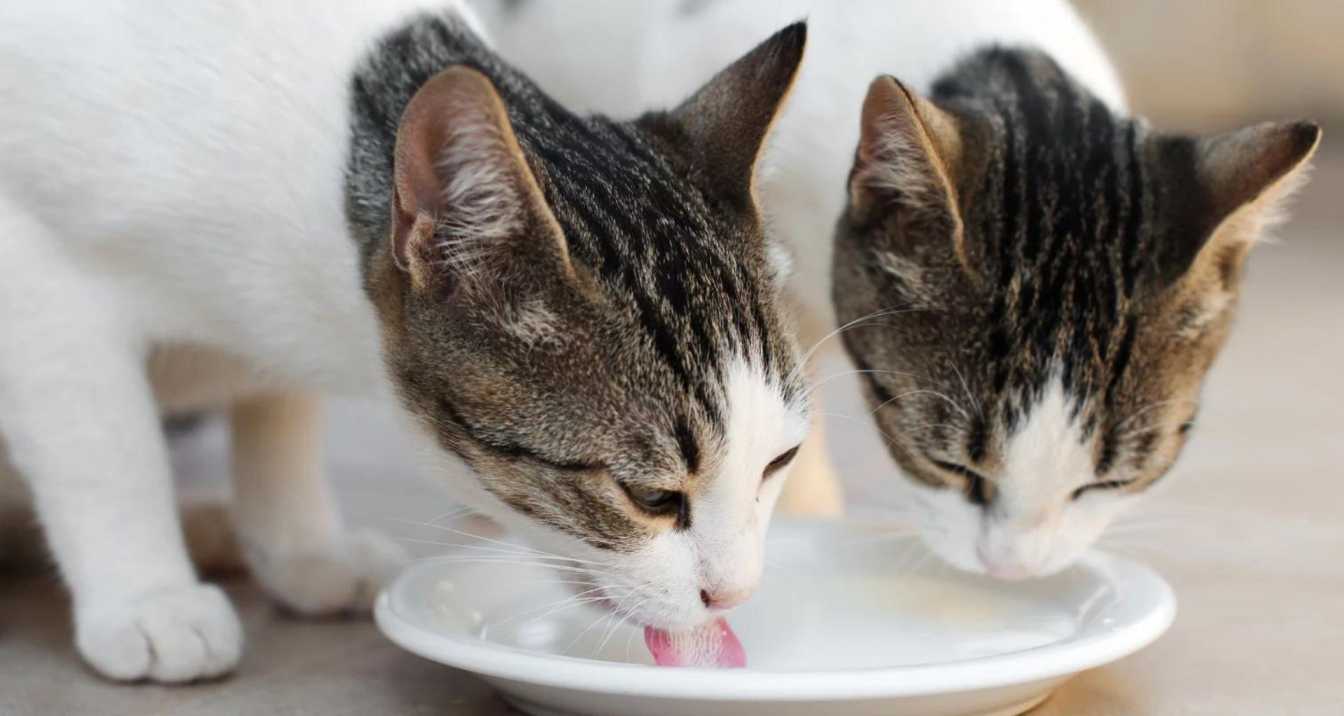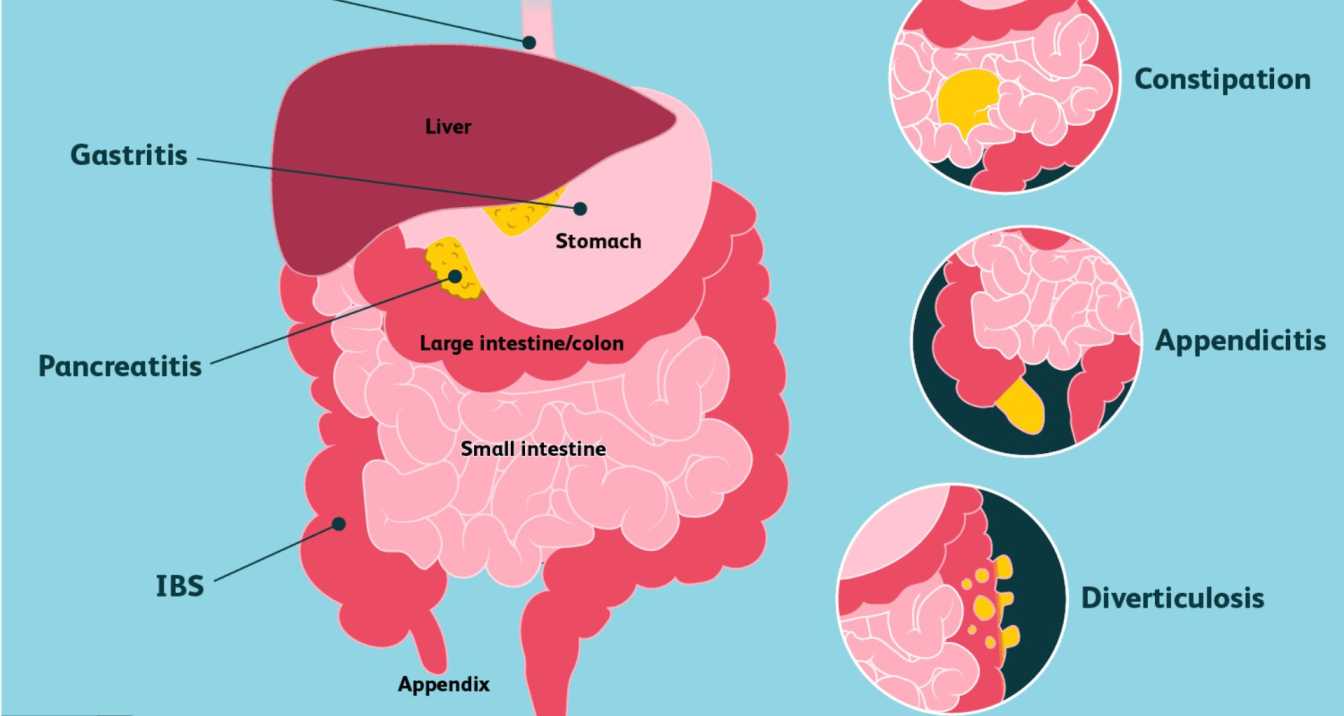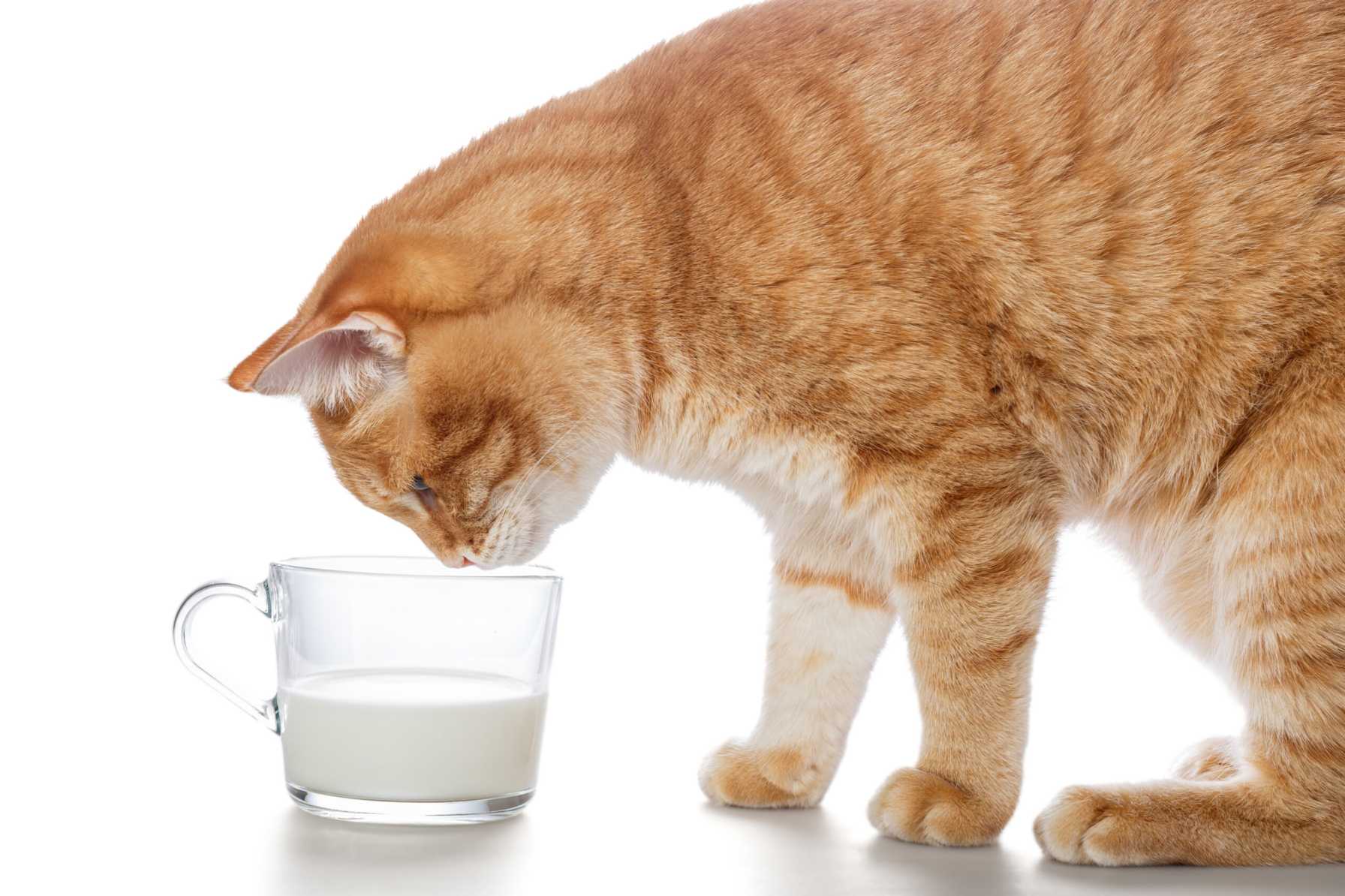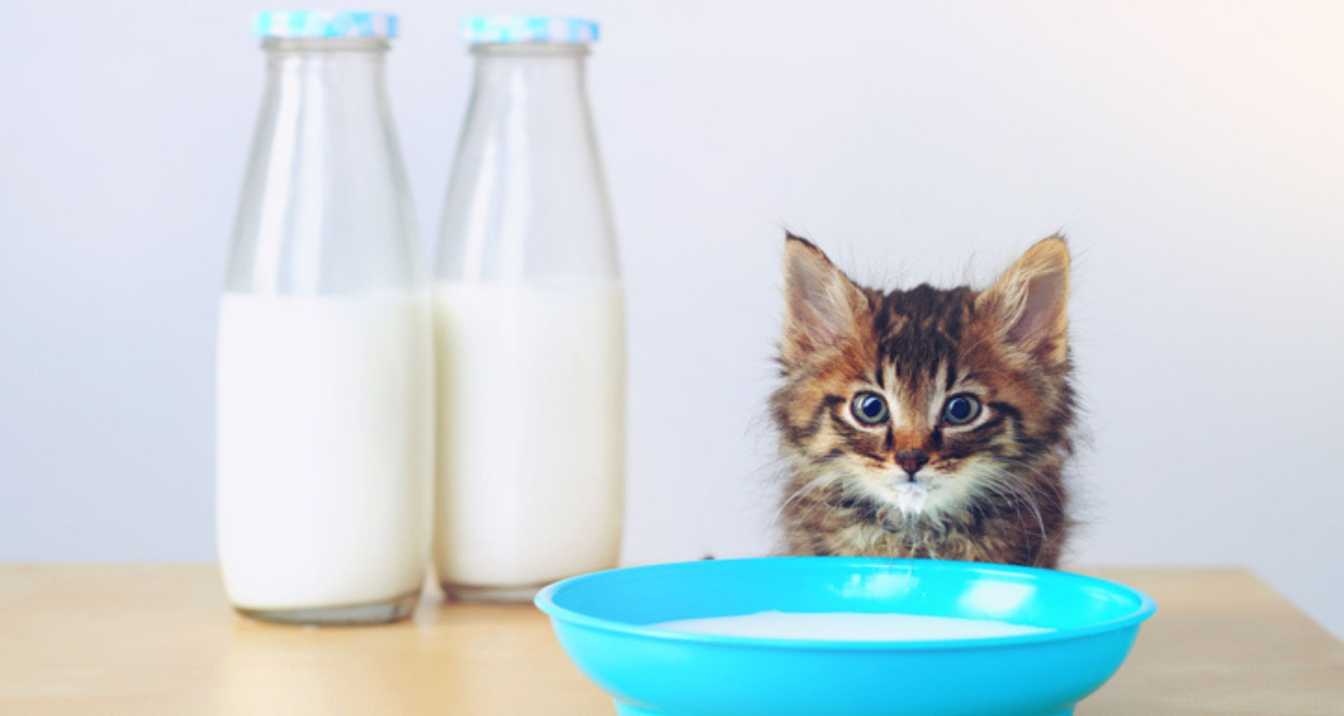Can cats drink milk? Everything you need to know—this question has piqued the curiosity of cat owners for years. Traditionally, cats lapping up a saucer of milk has been a common and charming image portrayed in various forms of media. However, the reality of whether milk is safe for cats involves a more nuanced understanding of their digestive health and nutritional needs.
So, can cats drink milk? The short answer is, it depends. While kittens are naturally equipped to digest their mother’s milk, most cats lose this ability as they grow older. This loss of lactase enzyme, which is necessary to break down the lactose in milk, means that many adult cats are lactose intolerant.
Understanding Lactose Intolerance in Cats
Lactose intolerance is common among adult cats. Kittens produce an enzyme called lactase that helps them digest lactose in their mother’s milk. As cats mature, their lactase production decreases, which often leads to lactose intolerance. This condition means that many adult cats lack the necessary enzymes to break down lactose, leading to digestive issues when they consume dairy products.
Symptoms of lactose intolerance
Symptoms of lactose intolerance can include diarrhea, bloating, and abdominal discomfort. These symptoms can vary in severity, but they generally indicate that a cat’s digestive system is struggling with the lactose present in milk. For cat owners, understanding these signs is crucial to prevent discomfort and maintain their cat’s health. It’s advisable to consult a veterinarian to tailor a suitable diet that avoids triggering lactose intolerance in your cat.
Read more: How long Does a cat hold a grudge
The Risks of Feeding Milk to Cats
Feeding milk to cats who are lactose intolerant can lead to several health risks. The primary concern is gastrointestinal upset, which includes symptoms like diarrhea, vomiting, and bloating. These symptoms are not only uncomfortable for the cat but can also lead to more severe health issues such as dehydration, particularly if the cat is young or has a pre-existing health condition.
weight gain
Moreover, regular consumption of high-fat dairy products can contribute to weight gain and associated health problems like obesity in cats. Obesity in turn can increase the risk of diabetes and put extra stress on a cat’s joints and organs.
Due to these potential health risks, cat owners should avoid giving their pets milk. Instead, focus on providing a balanced diet that meets nutritional needs without the risks associated with milk consumption. If you’re unsure about safe dietary options for your cat, consulting with a veterinarian is the best course of action.
Safer Alternatives to Cow’s Milk for Cats
Exploring safer alternatives to cow’s milk is essential for cat owners, especially given the common occurrence of lactose intolerance in adult cats. These alternatives pleasure milk without the associated health risks.
Lactose-Free Milk
- Easier Digestion: Lactose-free milk removes lactose, preventing the digestive disturbances often seen in lactose-intolerant cats.
- Widely Available: This milk variant can be found in most grocery stores, making it a convenient option for cat owners.
Specially Formulated Cat Milk
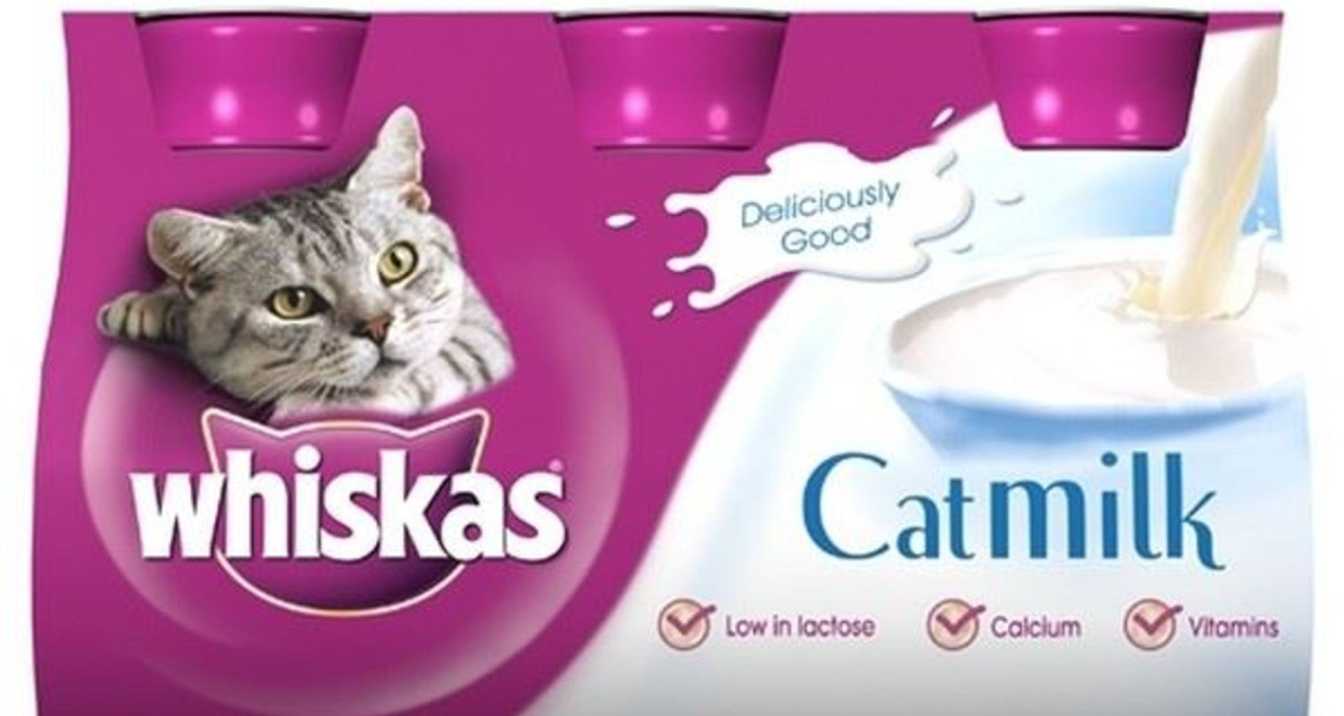
- Nutrient-Enriched: These products are enhanced with vital nutrients like taurine, crucial for cat health.
- Lactose-Free: Formulated specifically for cats, this milk avoids lactose, catering to cats’ digestive systems.
How to Safely Introduce Milk to Your Cat
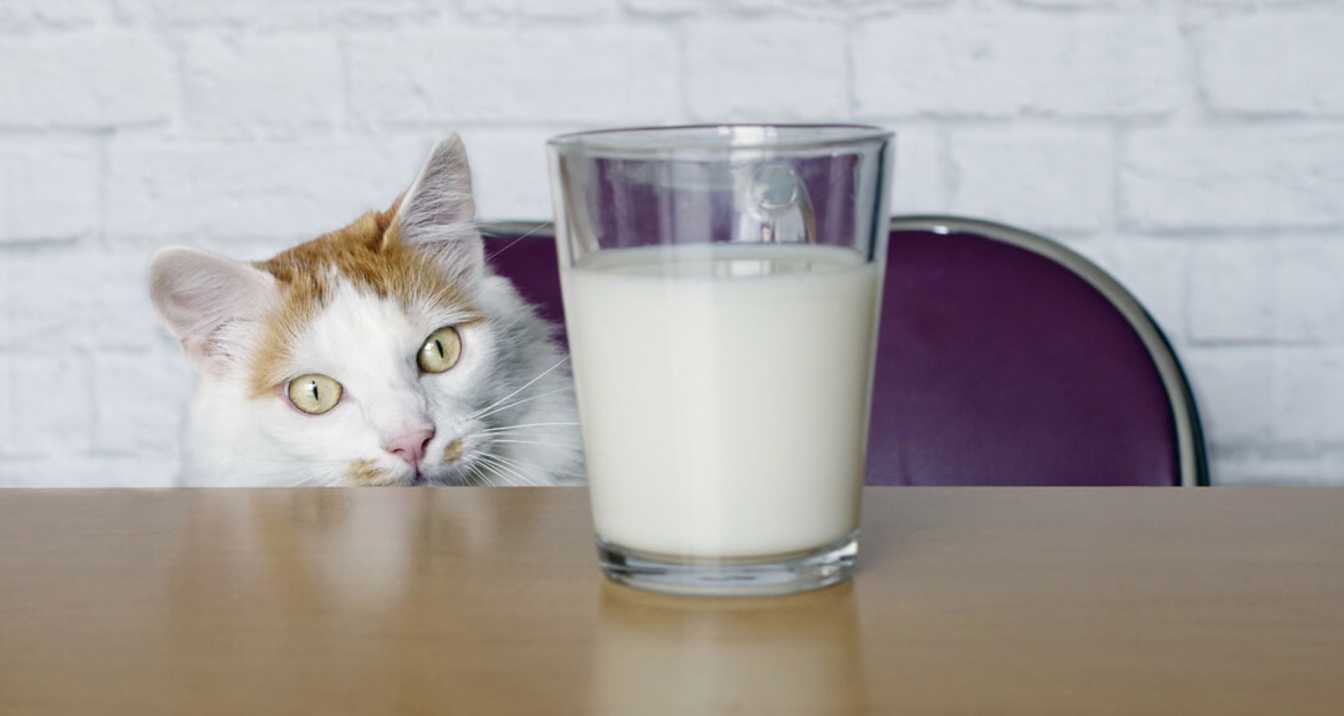
Introducing milk to your cat should be done cautiously to ensure it is a safe and enjoyable experience for your feline friend.
Start with Small Amounts
Gradual Introduction: Begin by offering tiny amounts to assess tolerance levels without overwhelming your cat’s digestive system.
Monitor Closely: Keep an eye on your cat’s reaction to the new treat to ensure it is digested comfortably.
Observe Your Cat’s Reaction
Watch for Adverse Effects: Look for signs of discomfort such as diarrhea, vomiting, or bloating.
Consult a Veterinarian: If negative reactions occur, stop the milk immediately and seek professional advice to discuss alternative hydration solutions.
How to Safely Introduce Milk to Your Cat
When introducing milk to your cat, start with a small amount of lactose-free or specially formulated cat milk to see how they handle it. Observe your cat for any signs of discomfort such as diarrhea or lethargy. If adverse reactions occur or if you have any concerns, consult your veterinarian for guidance tailored to your cat’s health and diet. This careful approach helps ensure the milk introduction is safe for your cat.
Hydration Alternatives to Milk for Cats
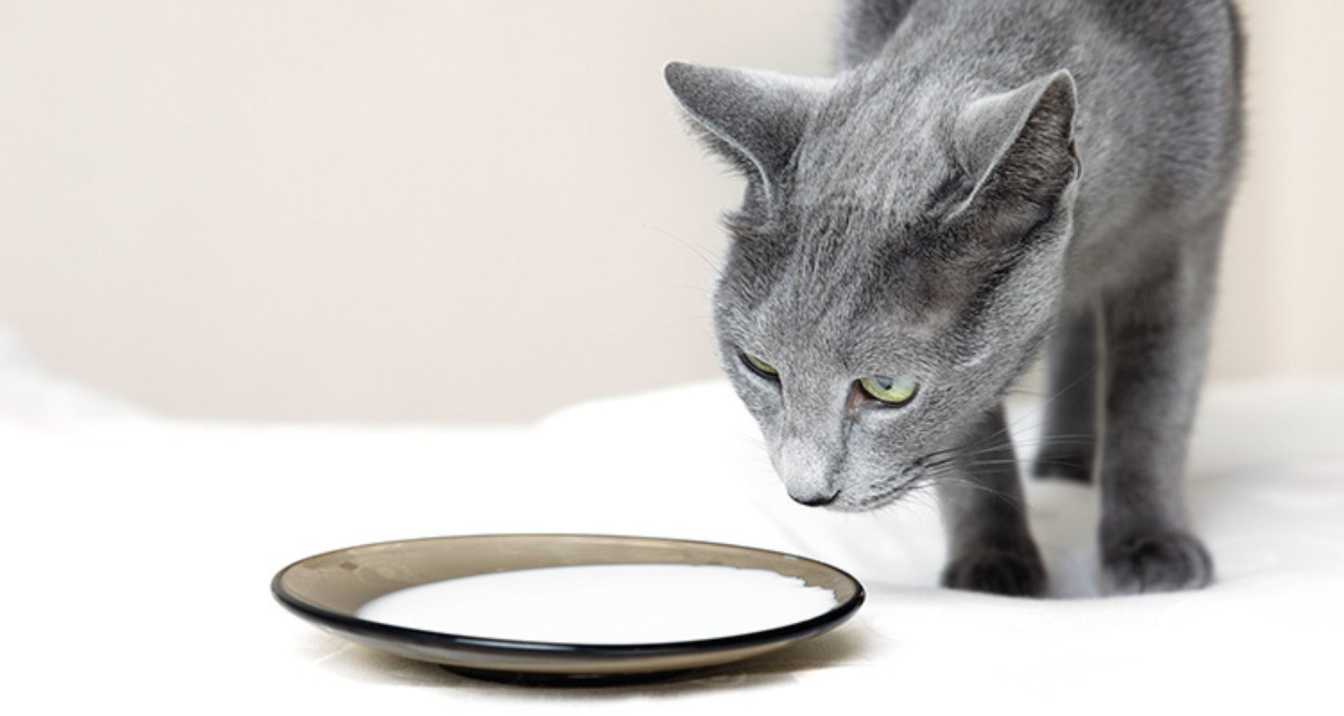
| Category | Details |
| Importance of Water | – Primary Hydration Source: Essential for health.<br>- Placement Strategies: Place multiple water bowls to encourage drinking. |
| Flavorful Additions to Water | – Tasty Incentives: Add tuna or chicken broth to water, ensuring low sodium and no harmful ingredients.<br>- Water Fountains: Use fountains to attract cats to drink more. |
| Wet Food as a Hydration Source | – Incorporating Wet Food: Increases moisture intake through diet.<br>- Hydration Supplements: Use cat-specific supplements to enhance hydration. |
10 top tips for optimizing your cat’s hydration
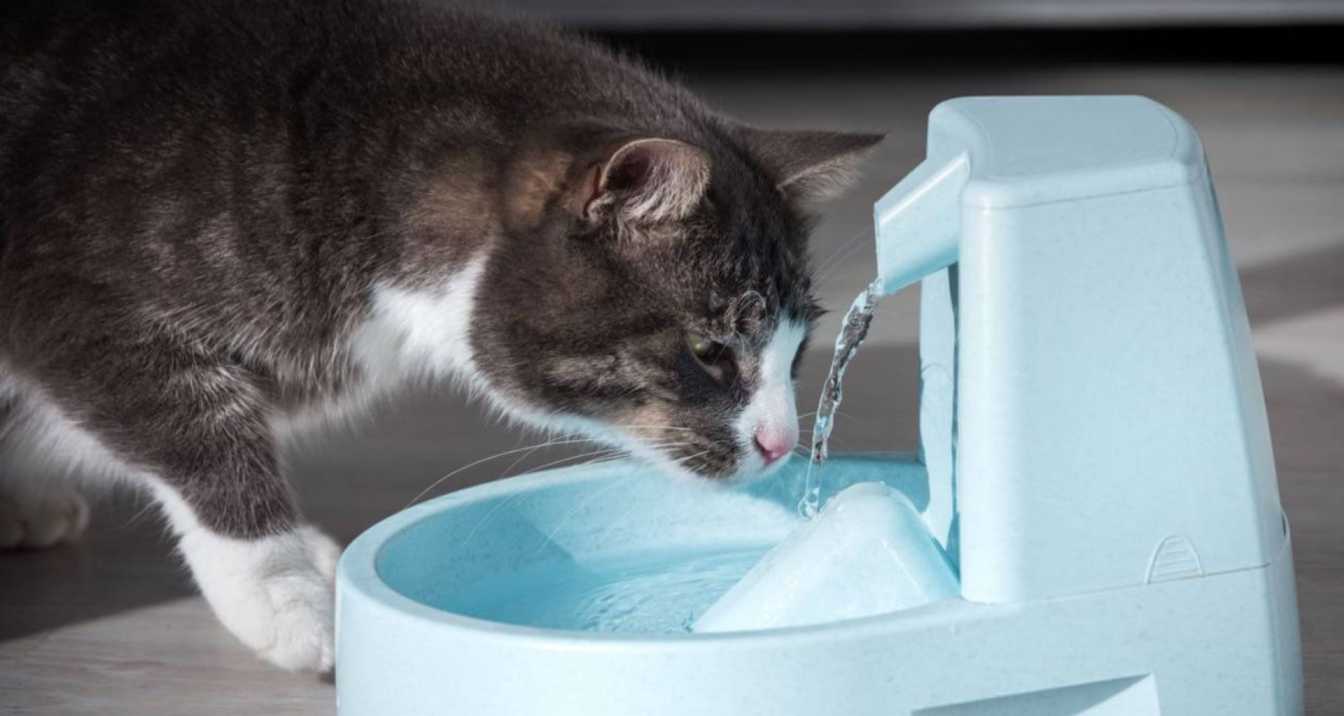
- Always Available Water: Ensure fresh water is always available and easily accessible to encourage regular drinking habits.
- Multiple Water Stations: Place several water bowls around your home to reduce barriers to your cat drinking whenever they feel thirsty.
- Freshness Matters: Change the water daily to keep it fresh and appealing; stale or dirty water can deter cats from drinking.
- Running Water Attraction: Consider a cat water fountain that provides a continuous flow and entices cats who prefer running water.
- Wet Food Diet: Increase your cat’s moisture intake by incorporating wet cat food into their diet, which is typically about 70-80% water.
- Tasty Additions: Occasionally add flavors to the water like tuna juice or chicken broth (ensure it’s low sodium and onion/garlic-free) to make it more enticing.
- Ice Cubes: Some cats enjoy batting at or licking ice cubes. You can add these to their water bowl or offer them directly during hot weather.
- Hydration Supplements: Explore cat-specific hydration supplements that can be mixed into their water or food.
- Avoid Milk: Since many cats are lactose intolerant, stick to water and vet-recommended hydration options instead of milk.
- Observe Your Cat’s Intake: Keep an eye on how much your cat drinks daily to ensure they’re getting enough fluids, especially in hot weather or if your cat is primarily on a dry food diet.
Conclusion
In conclusion, addressing the question “Can cats drink milk? Everything you need to know” reveals that while the image of cats enjoying a saucer of milk is iconic, it is not necessarily ideal for their health. Most adult cats are lactose intolerant, which means that consuming milk can lead to digestive issues such as diarrhea, vomiting, and discomfort. Therefore, it’s important for cat owners to understand the risks associated with feeding milk to their pets and to look for healthier hydration alternatives.
FAQ
How Much Water Should a Cat Drink Daily?Ans: Daily Water Intake: A healthy guideline is that a cat should drink approximately 60 ml of water per kilogram of body weight each day. This amount can vary based on their diet, activity level, and environmental factors. |
What Are the Signs of Dehydration in Cats?Physical Indicators: Look for signs such as dry gums, lethargy, and decreased skin elasticity. A simple way to check skin elasticity is by gently pulling up the skin on the back of your cat’s neck; if it doesn’t quickly return to normal, dehydration might be a concern. Urgent Care: If you suspect your cat is dehydrated, consult a veterinarian immediately as it can quickly become serious. |
What Alternatives Exist for Cats Who Enjoy Milk?Hydration Alternatives: Besides lactose-free milk, consider hydrating broths or wet food, which are excellent for maintaining fluid intake. Commercial Cat Milk: Look for commercial products designed for cats that are lactose-free and contain added nutrients beneficial to cat health. |
